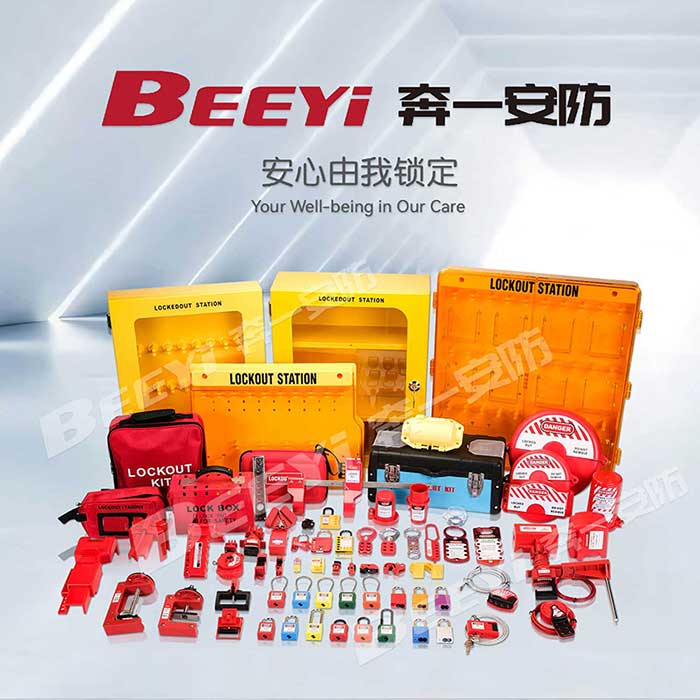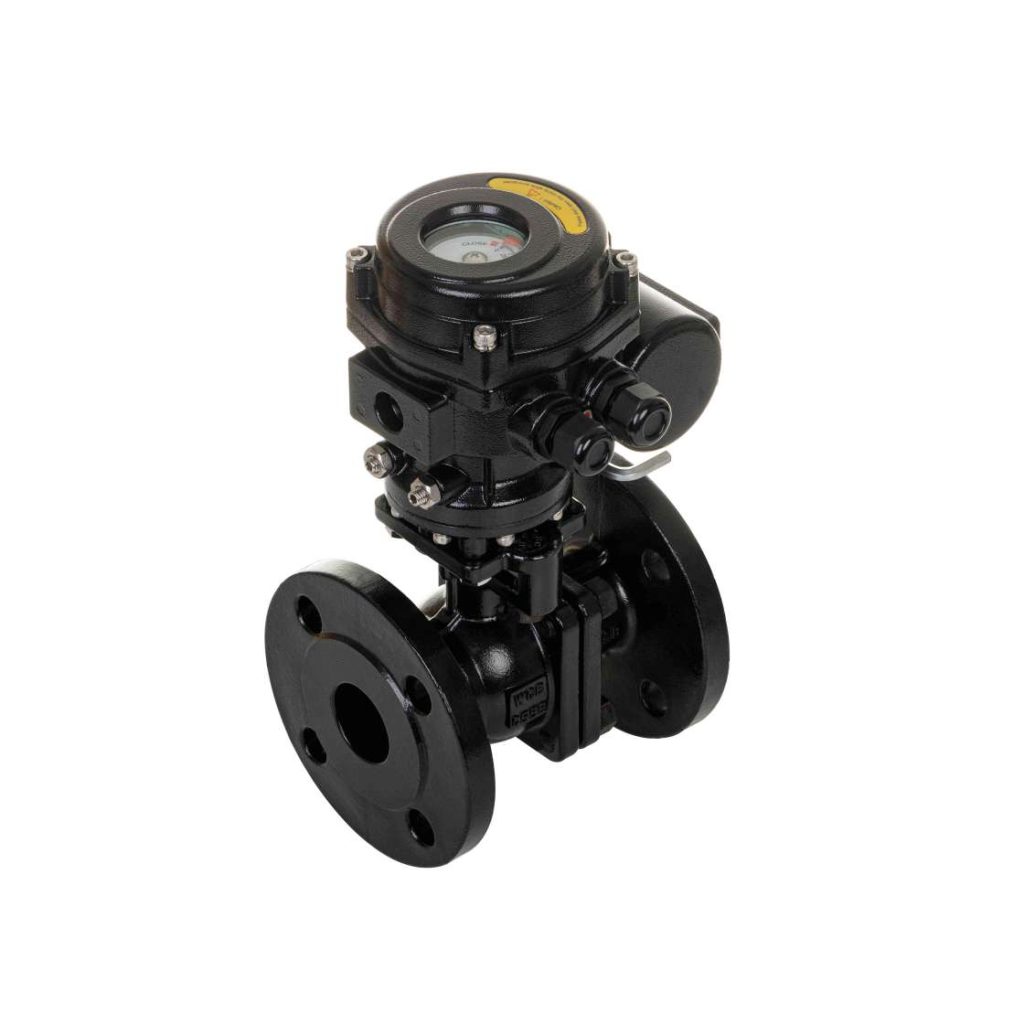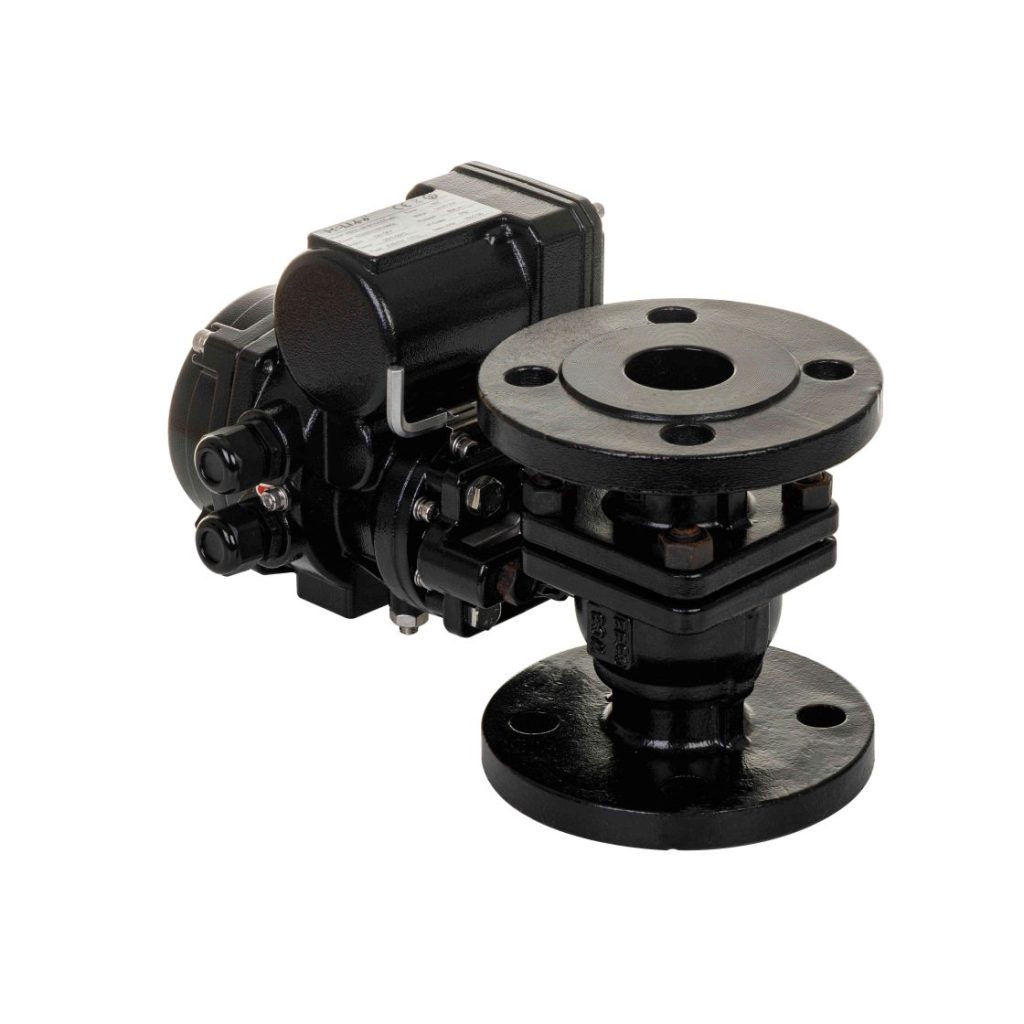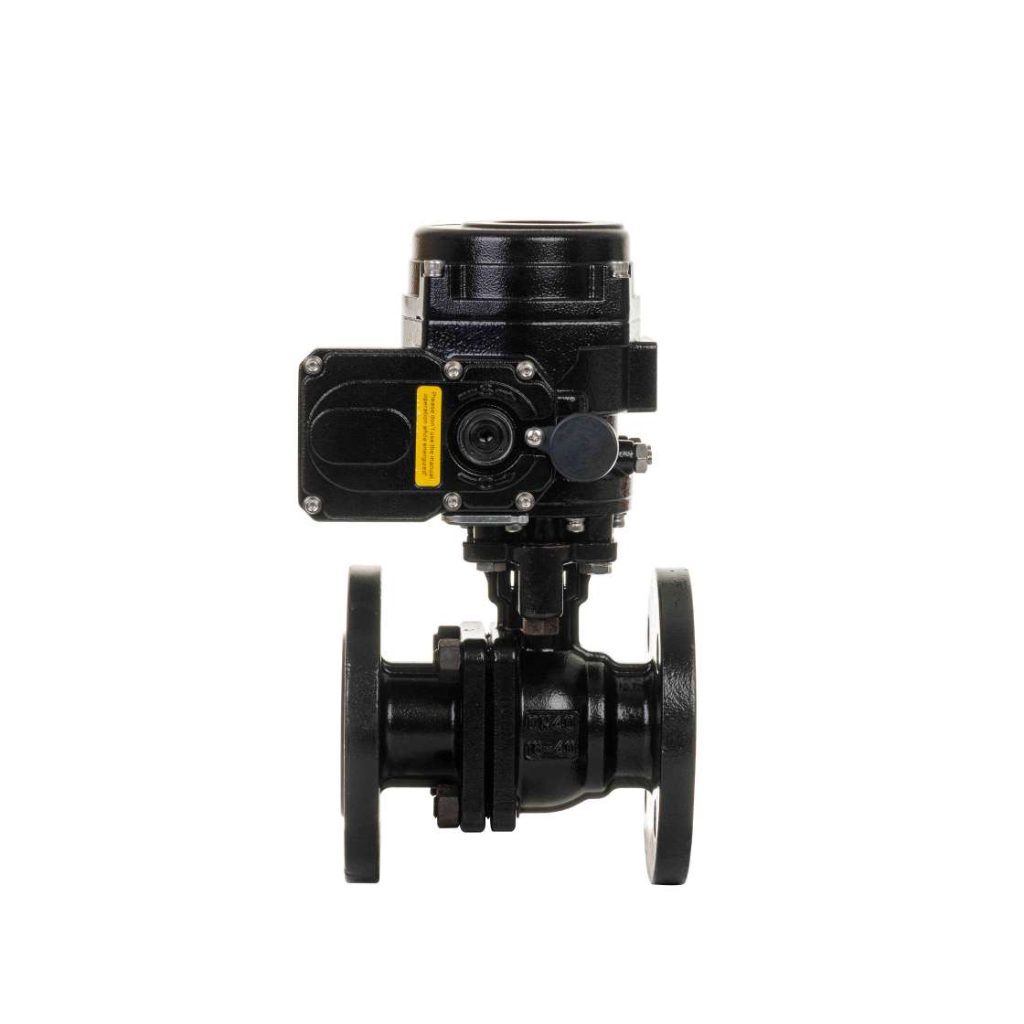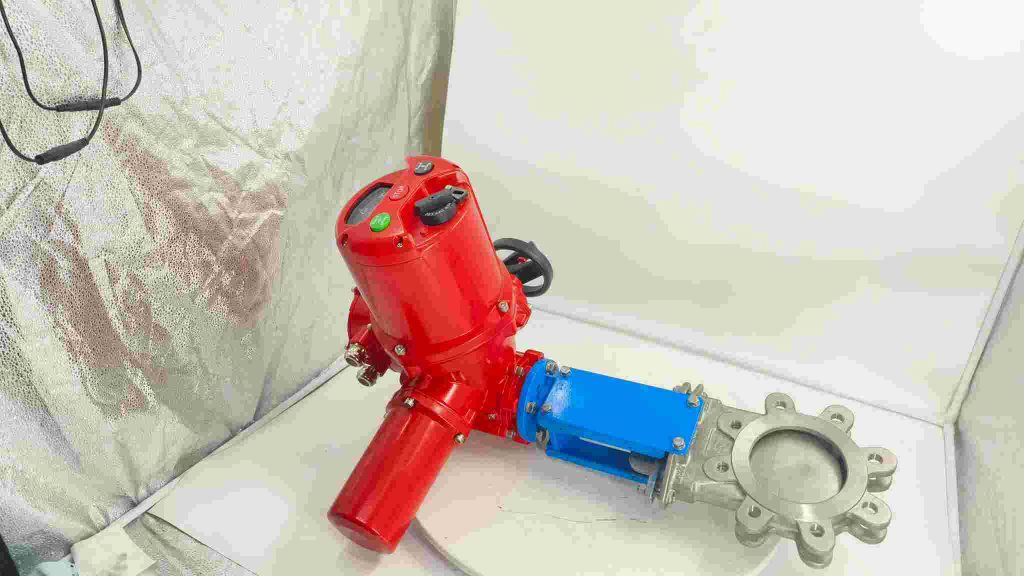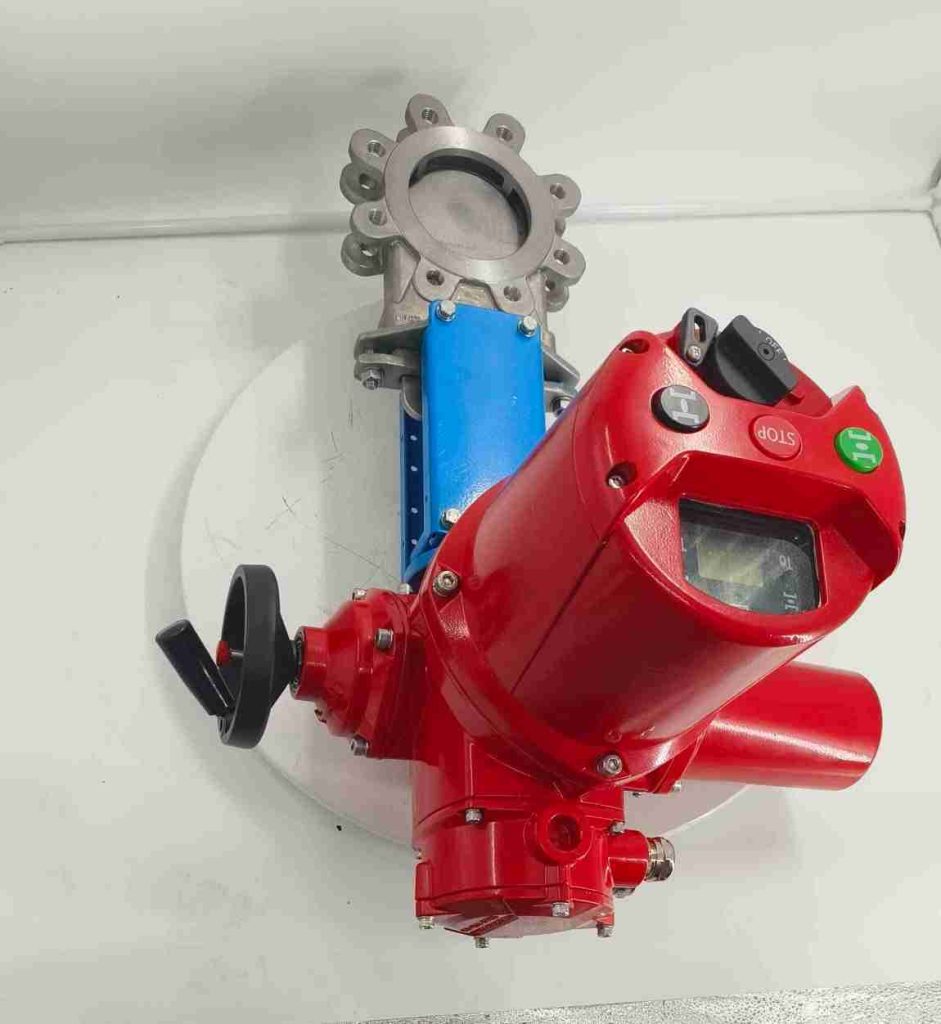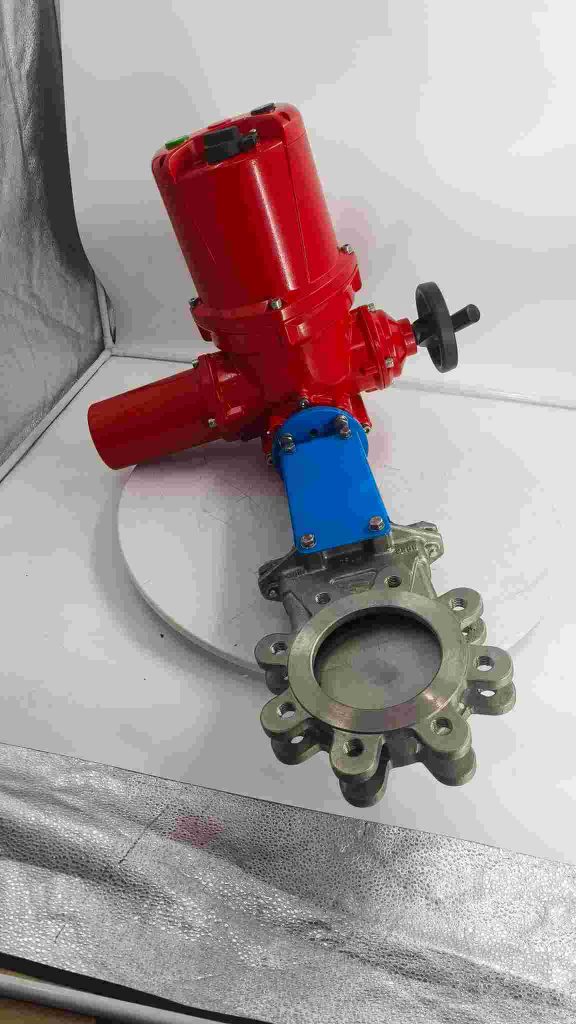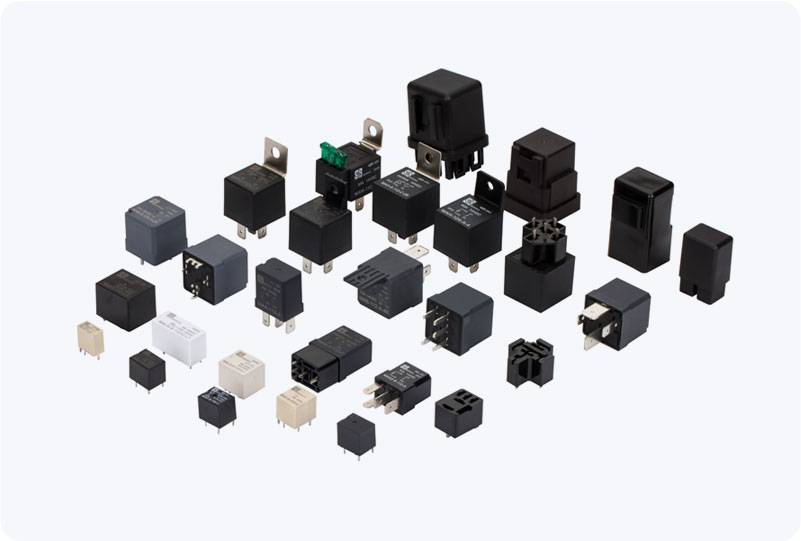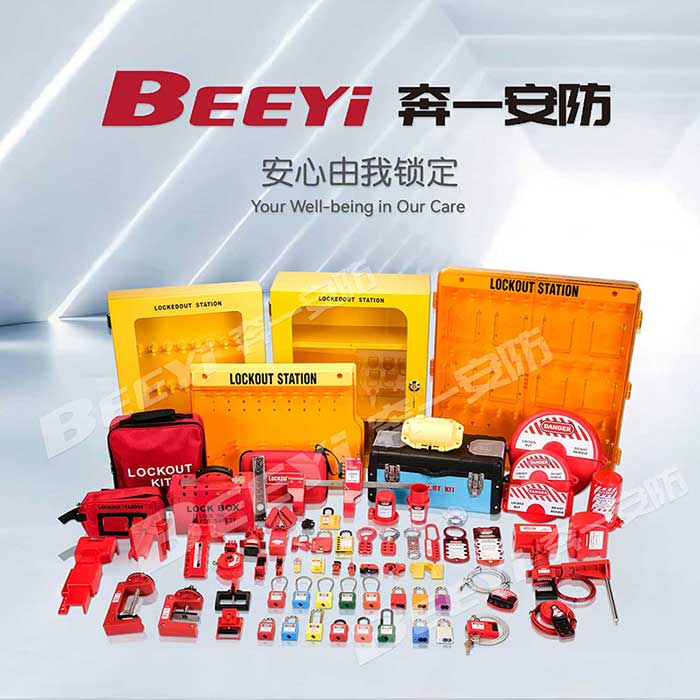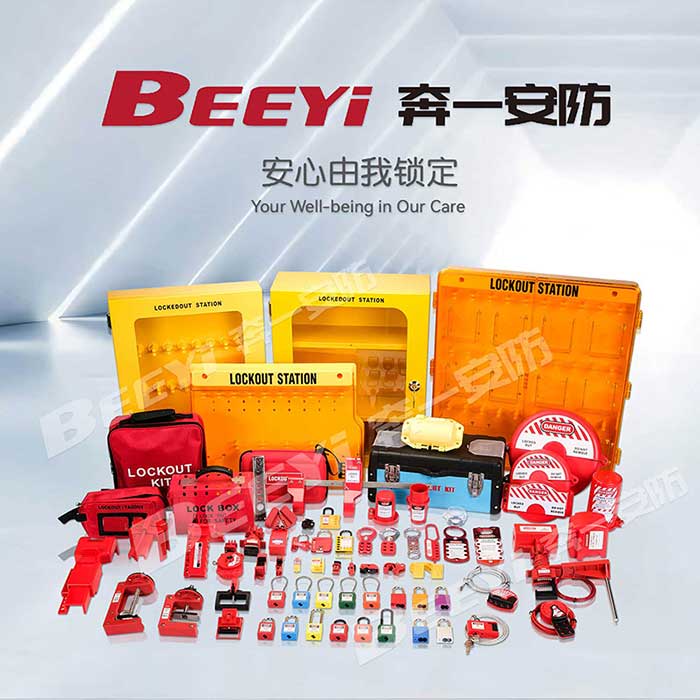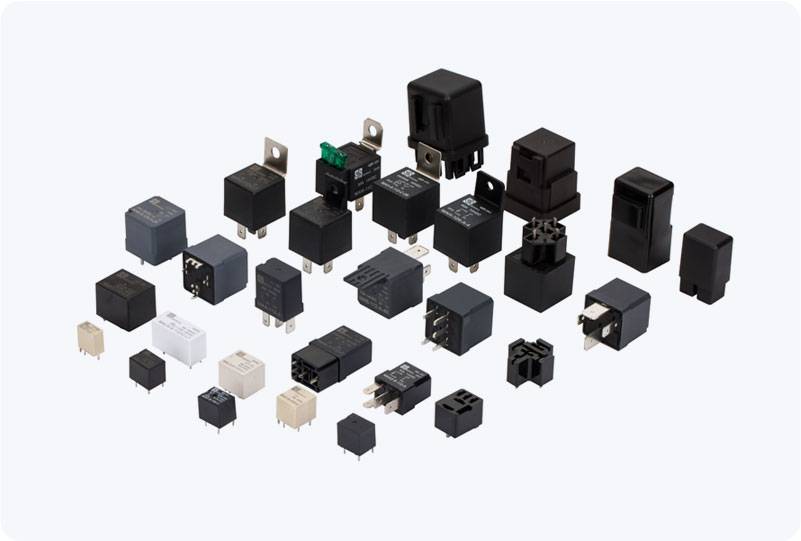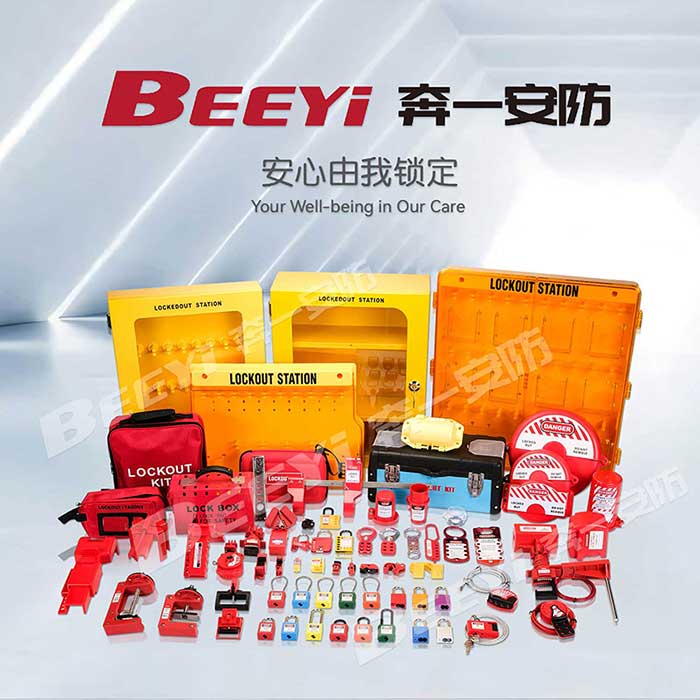Electrical equipment lockouts are a vital safety practice used across industrial settings to ensure the protection of workers during maintenance, repair, or other operational tasks involving electrical equipment. This procedure, commonly referred to as Lockout-Tagout (LOTO), is designed to prevent the accidental release of hazardous energy and reduce the risk of injury or fatality. Electrical equipment lockouts are not only a regulatory requirement in many countries, but they are also essential to fostering a culture of safety within workplaces that deal with electrical systems.
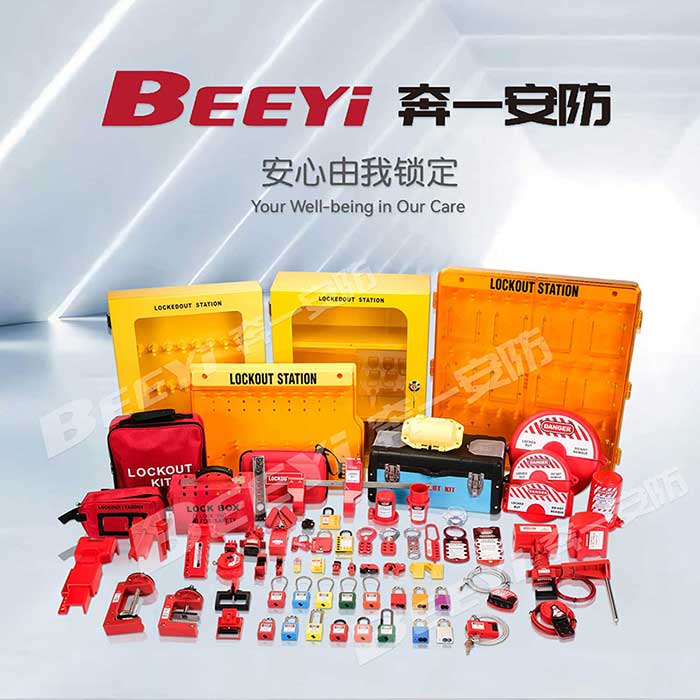
What Are Electrical Equipment Lockouts? At its core, an electrical equipment lockout refers to the practice of physically isolating electrical equipment from its power source and then applying a lock or similar device to prevent the equipment from being re-energized while maintenance or repair is ongoing. This ensures that only authorized personnel have the ability to restore power to the equipment. The process involves not only physically locking out power sources, but also tagging the equipment with clear warnings to indicate that it is in a locked-out condition. The Importance of Lockout-Tagout Procedures

